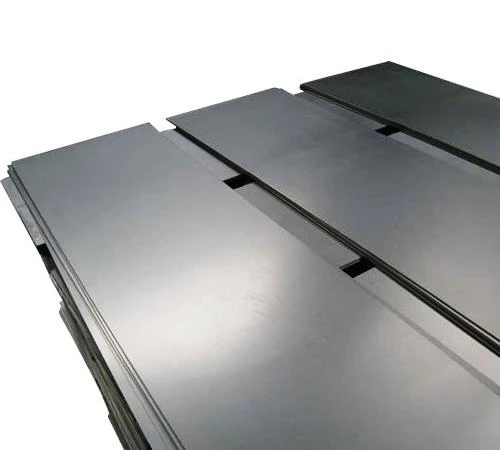Much stainless steel is prone to stress corrosion cracking or fast intergranular corrosion in the welded condition. This is due to the fact that the heat from welding makes the weld and the base metal\'s heat-affected zone (HAZ) more sensitive. Sensitization is a state where the amount of chromium in solution in the stainless steel decreases due to chromium carbide precipitation at the grain boundaries (from a heating operation, such as welding, hot forming, hot bending, service temperature, etc.). For austenitic stainless steels, sensitization typically takes place between 700 and 1500 °F.
The chromium depletion is at the grain boundaries because the carbides precipitate in the HAZ or weld deposit there, which greatly decreases the steel\'s grain boundary corrosion resistance. Typically, filler metal and/or L-grade (low carbon) stainless steel is used as the initial line of defense (e.g., Types 304L or 316L stainless steel). Fewer carbides mean less chance of chromium being depleted by carbides. The L grades are still susceptible to sensitization, though, with enough heat or time.
Utilizing stainless steel grades that have been chemically stabilized, such as Types SS 321 and Stainless Steel 347, is the next line of defense. These stainless steels have an addition of Ti (Type 321) or Cb (Type 347). The goal is to leave chromium in solution while titanium or columbium carbides develop. However, when the alloy is heated between 700 and 1500 °F, some chromium can still precipitate. The chemically stabilized alloy must be thermally stabilized as the next line of defense. Chemically stabilized stainless steel is thermally stabilized by heating it to a temperature where columbium or titanium carbides preferentially develop and chromium carbides do not.
For chemically stabilized stainless steels, this heat treatment is carried out at roughly 1625 °F, with a hold period of typically 4 hours. Other alloys, such as Alloy 20 Cb-3, Alloy 825, Alloy 625, etc., have different melting points. It should be noted that this heat treatment typically has no benefit for alloys that have not already undergone chemical stabilization because the goal of thermal stabilization is to generate other forms of carbides instead of chromium carbides.
According to the severity of the service, base metals made of stainless steel, such as Types 321 and 347, are typically purchased in the thermally stabilized condition and placed in service in the as-welded/fabricated condition, i.e., no additional stabilization heat treatment is required after the welding process. The base metal is typically sufficiently stable to withstand most of the sensitization that will result from the welding operation.
The most frequently thermally stabilized alloys are types 321 and 347 of stainless steel, but during these heat treatment processes, these alloys are also prone to weld and HAZ cracking issues, including reheat cracking and grain boundary liquation cracking. This vulnerability gets worse as component thickness gets thicker.
For more details visit Stainless Steel 347



